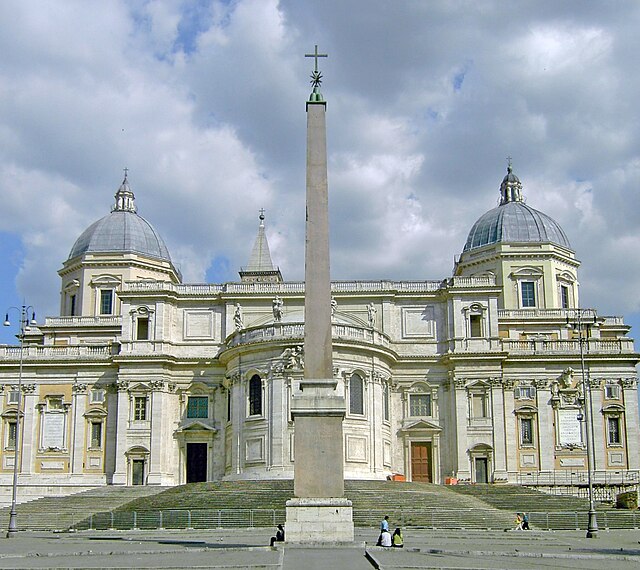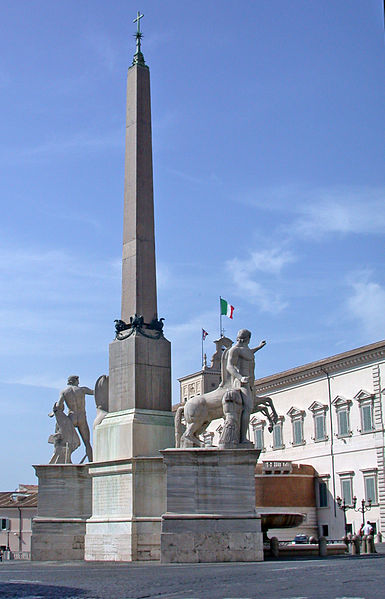Res Gestae Divi Augusti is a monumental inscription composed by the first Roman emperor, Augustus, giving a first-person record of his life and accomplishments. The Res Gestae is especially significant because it gives an insight into the image Augustus offered to the Roman people. Various portions of the Res Gestae have been found in modern Turkey. The inscription itself is a monument to the establishment of the Julio-Claudian dynasty that was to follow Augustus.
The Monumentum Ancyranum in Ankara, Turkey.
The Mausoleum of Augustus is a large tomb built by the Roman Emperor Augustus in 28 BC on the Campus Martius in Rome, Italy. The mausoleum is located on the Piazza Augusto Imperatore, near the corner with Via di Ripetta as it runs along the Tiber. The grounds cover an area equivalent to a few city blocks nestled between the church of San Carlo al Corso and the Museum of the Ara Pacis. After being closed for fourteen years to perform restoration work, the mausoleum was reopened to the public in March 2021.
Mausoleum of Augustus restored (2019)
Esquiline obelisk, originally on the western flank of the mausoleum. Found in 1527 and removed in 1587 to Santa Maria Maggiore by Pope Sixtus V.
The Mausoleum of Augustus in the 1st century, an 1851 reconstruction.
Quirinale obelisk, originally on the eastern flank of the mausoleum. Found in 1527 and removed in 1786 to the Quirinal Hill by Pope Pius VI.





